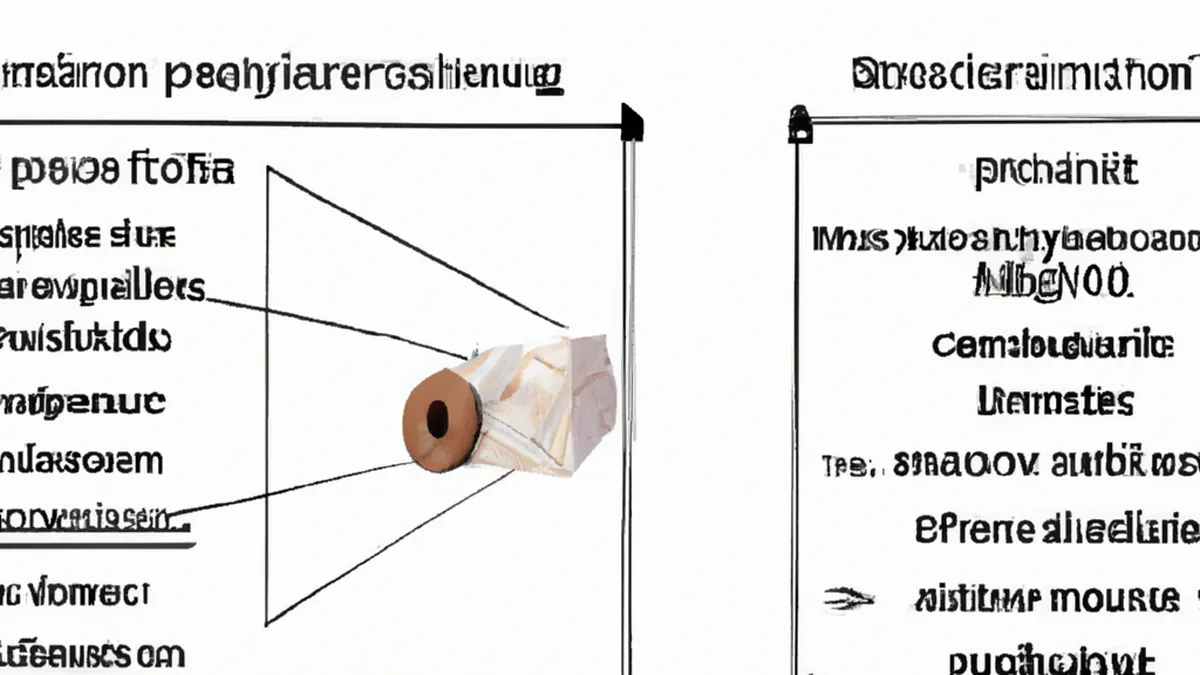Aim High but Stay Grounded in Bouldering
How to Set Realistic Bouldering Goals for Achievement
Bouldering involves climbing, self-discovery, and physical challenge. Setting realistic goals enhances your experience, tracks your progress, and maintains motivation. Achieving these goals brings fulfillment and keeps you engaged in the sport. This post explores ways to set achievable bouldering goals, offering practical tips and essential advice.
Understand Your Current Skill Level
Assess your current skill level to set realistic goals. This foundational step informs your goal-setting process. Are you comfortable with specific grades? Do you struggle with certain techniques? Knowing your standing helps you set achievable and challenging goals.
Self-Assessment Techniques
Record your climbing sessions regularly. Keeping a climbing journal is beneficial. Write down completed problems, attempted grades, and struggles. Use a grading system to identify your capabilities and track progress. Seek feedback from experienced climbers during gym sessions or outdoor climbs for broader insights.
Setting Baseline Goals
Establish baseline goals after understanding your skills. Start with problems you can complete easily. If you currently climb V2, aim to complete more V2s consistently. This method builds confidence and enhances your skills gradually. Set goals to improve specific techniques, like footwork or dynamic moves.
Break Down Your Goals into Smaller Steps
Break big goals into smaller, manageable steps. This approach makes goals feel achievable and creates a clear pathway. If your goal is to climb V5, set intermediate goals first, like climbing V3 and V4. Celebrate small victories to motivate continued progress.
Use the SMART Criteria
Use the SMART criteria to clarify your goals. SMART means Specific, Measurable, Achievable, Relevant, and Time-bound. Here’s how to apply it:
– **Specific**: Define what you want to achieve. Instead of saying, “I want to climb harder,” say, “I want to complete 5 V3 problems.”
– **Measurable**: Track progress toward your goals, like noting completed problems or sessions per week.
– **Achievable**: Ensure your goal is realistic given your current level. Avoid overly ambitious goals to prevent frustration.
– **Relevant**: Make sure your goals align with your climbing aspirations.
Conclusion
Setting realistic bouldering goals enhances your climbing journey. Follow these tips to track progress and maintain motivation.
Below are related products based on this post:
FAQ
What is the first step to setting realistic bouldering goals?
The first step is to assess your current skill level. Understanding where you stand in terms of climbing grades and techniques will help inform your goal-setting process and ensure that your goals are both achievable and challenging.
How can I effectively track my progress in bouldering?
You can effectively track your progress by keeping a climbing journal. Record your climbing sessions, including completed problems, attempted grades, and any struggles you encounter. This will help you identify your capabilities and monitor your improvement over time.
What does the SMART criteria entail for setting bouldering goals?
The SMART criteria stands for Specific, Measurable, Achievable, Relevant, and Time-bound. This framework helps you define clear goals. For example, instead of a vague goal like “I want to climb harder,” specify it by saying, “I want to complete 5 V3 problems,” ensuring that your goals are realistic and aligned with your aspirations.















Post Comment